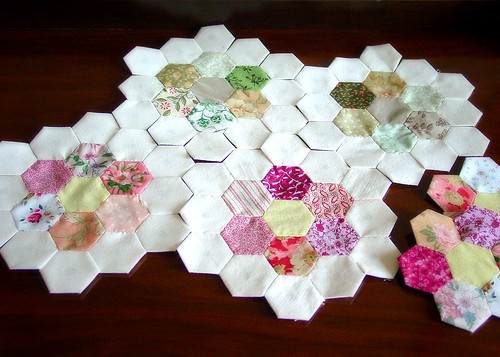The first of what I think will be many Christmas posts. So much of what makes Christmas Christmas is food-related, and every family has their own traditions. We liked to have fancy croissants and pain au chocolat for breakfast on the day, lunch was poached eggs with hollandaise sauce, and dinner was usually duck or goose (turkey is abominable done badly and presents far too many leftovers problems.) The nibblies that surrounded these meals were however just as important and included nuts in the shell, biscuits from a tin and Christmas cake - the sort that keeps until February.
Since my father's fiancé N moved in however we have developed a slightly different 'feel' to our Christmas, with different food reflecting the changes and additions to the family. N brought the idea of Pepparkakor to the household, as she had sampled them when visiting friends from Sweden. They're a little like gingerbread biscuits, but incorporate other spices and flavours as well as being a bit crunchier than English gingerbread. With a hole in the top for a ribbon and cut into decorative shapes they can be hung on the tree.
I tend not to do the same Christmas cake as my mother used to (and I presume still does) any more, because living with Dad who doesn't like the icing makes it a bit of a chore to eat all by myself. Instead I have substituted Nigella Lawson's Certosino recipe, which I seem to remember she admits to stealing from an Italian friend. I will therefore reproduce it here later at an appropriate moment; it contains spices and dried fruit so is perfectly seasonal.
Pepparkakor
You Will Need: Large bowl, small bowl, wooden spoon, coffee cup (to measure; about the size of an American 'cup'), happy-shaped biscuit cutters, baking tray and greaseproof paper, cling-film, dinner knife, fork, teaspoon, tablespoon, grater, thin ribbon if using
8 ounces unsalted butter
1 1/2 cups caster sugar
1 tablespoonful maple syrup
1 egg
3 1/2 cups plain flour
2 tsp baking soda
2 tsp cinnamon
2 tsp ground ginger
2 tsp ground cloves
splash of orange juice
2 tsp orange zest
1. Cut the butter into little cubes. Cream the butter and sugar, add the maple syrup and mix.
2. Beat the egg with the fork and incorporate into the butter mix.
3. Add the flour, spices, orange zest (grate a bit off the skin until you can see the white showing through, using the small cheesy holes (the diamond-shaped punctures make too much mess)) orange juice and baking soda.
4. Knead into a stiff dough, adding more flour if need be until the whole mass will come away from the sides of the bowl.
5. Take the dough out of the bowl, wrap in clingfilm and chill in the fridge for 2 hours.
6. Preaheat the oven to 175 degrees C. Line the baking tray with greaseproof paper and put aside.
7. After 2 hours remove the clingfilm, lay the dough out on a floured surface and roll out with a floured rolling pin with floury hands until it's about 1/8th of an inch thick.
8. Cut the dough into shapes, making a hole in each one with the point of the knife for the ribbon; remember that the biscuits will expand as they cook so make the hole relatively big. Transfer finished shapes to the baking tray and re-roll leftover dough until there is none left. (if you have a teeny bit left, squidge it into an impromptu heart or circle shape and bake it anyway ;P )
9. Bake for 7-10 minutes. When browned, transfer to a cooling rack. When completely cool they can be ribboned, hung or scoffed!
In writing the 'You Will Need' for this post I've reflected once again that making a cake is like laying a table setting for one very hungry soup-eating giant, who needs a fork for some reason and takes sugar in his coffee. All baking seems to require at least 3 kinds of spoon. It's probably a law.




